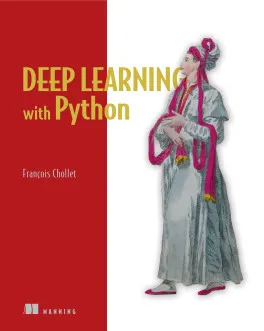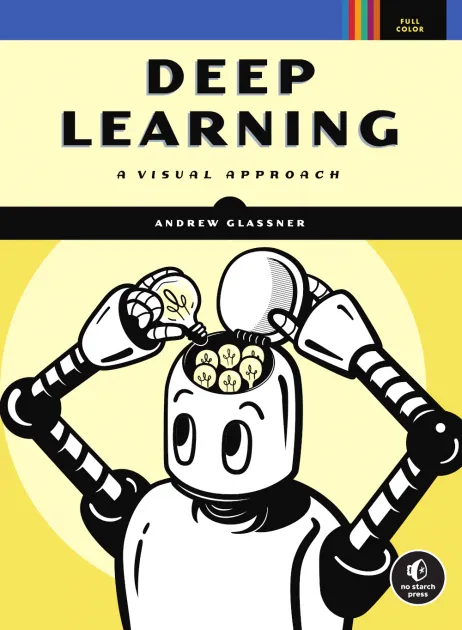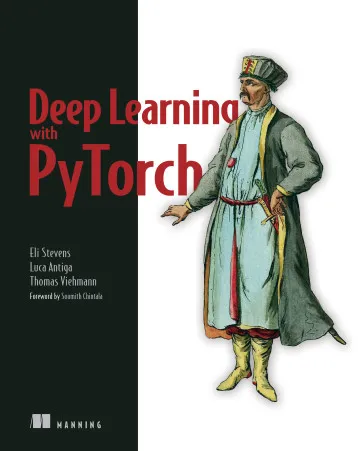Deep Learning with Python
Manning Publications (2021 - 2nd ed.), by François Chollet
AI and ML books are plentiful, and since you have to choose somewhere, in September 2023 I bought a paper book, mainly based on its title — somewhat randomly, I admit — spurred by the shock wave of Midjourney and Stable Diffusion image generation revolution: “Deep Learning with Python”, by François Chollet.
I really like Manning Publications ; I have the impression that their books regularly stand out from the crowd. I’ve spent quite some time digging through several of their works, including Taming Text (2012), a bestseller, Collective Intelligence in Action (2008), Machine Learning in Action (2012), and so many others.
François Chollet is French, trained at ENSTA, worked 9 years at Google, and is notably known for creating Keras, a high-level framework with elegant syntax that can completely mask the underlying complexity of deep learning. That’s a lot of good points to start with him.
The book’s title is somewhat misleading—we could have called it Deep Learning with Keras, which isn’t insignificant when you later discover that the industry has massively chosen PyTorch (even though Keras v3 allows you to build on JAX, TensorFlow, or PyTorch).
Chapter 2, after presenting the famous tensors and affine transformations, tackles the heart of the machine: the backpropagation mechanism and gradient descent, a technique that was notably Nobel Prize-worthy in 2024.
You sometimes get a bit dizzy when you start to grasp how certain technologies work that you previously only perceived as black boxes — this is obviously the case here.
Chapters 5 and 6 are general chapters that apply to any deep learning project and attempt to define a universal workflow for approaching a machine learning problem. But Chapter 5 is a bit more than that—it tries to explain why deep learning “works”:
More generally, the manifold hypothesis posits that all natural data lies on a low-dimensional manifold within the high-dimensional space where it is encoded. That’s a pretty strong statement about the structure of information in the universe. As far as we know, it’s accurate, and it’s the reason why deep learning works. It’s true for MNIST digits, but also for human faces, tree morphology, the sounds of the human voice, and even natural language.
Here too, you get that feeling of neurons connecting and the vertigo of understanding…
Chapter 7 explores Keras in depth, notably presenting the functional API, which opens up a world of possibilities. The final chapters introduce the classic application fields of deep learning: computer vision, time series, and generation.



